Rating of the best air sterilizers for 2024
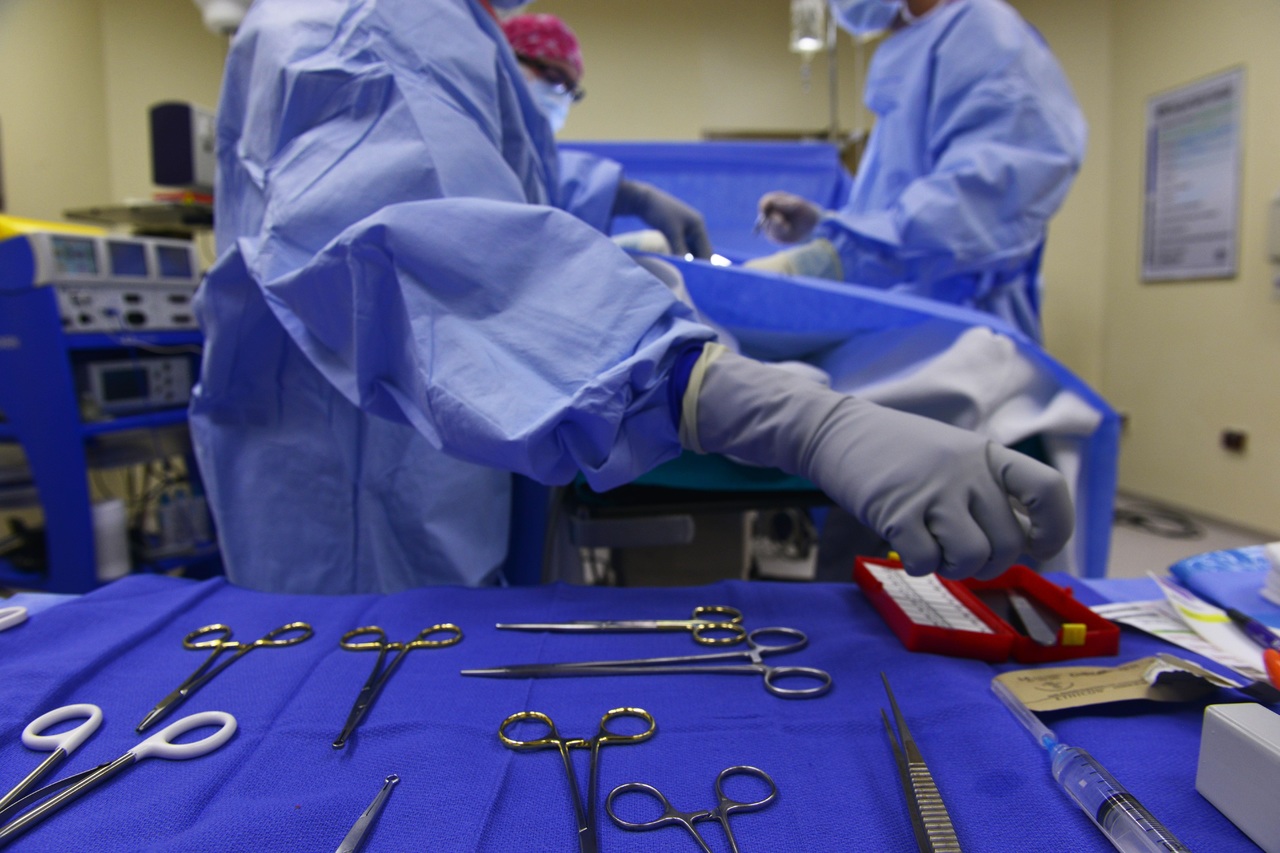
When visiting a medical institution or a beauty salon, the client must be sure that the devices used are clean. An improperly processed instrument can lead to serious consequences through the transmission of bacteria, germs, fungi and other harmful microorganisms. To ensure cleanliness, the instruments are physically and chemically cleaned. Usually an air sterilizer or autoclave is used for this.
Difference between steam and air sterilizer
A steam sterilizer or autoclave processes the instruments with hot steam, the whole process takes place under pressure. But such processing over time negatively affects the quality of the processed products. Erosion can occur on glass items and metal tools begin to corrode. It is also worth noting that the autoclave has a convenient loading of tools, the ability to add water during processing and the ability to regulate the heating temperature. Autoclaves are usually made of stainless steel for durability.
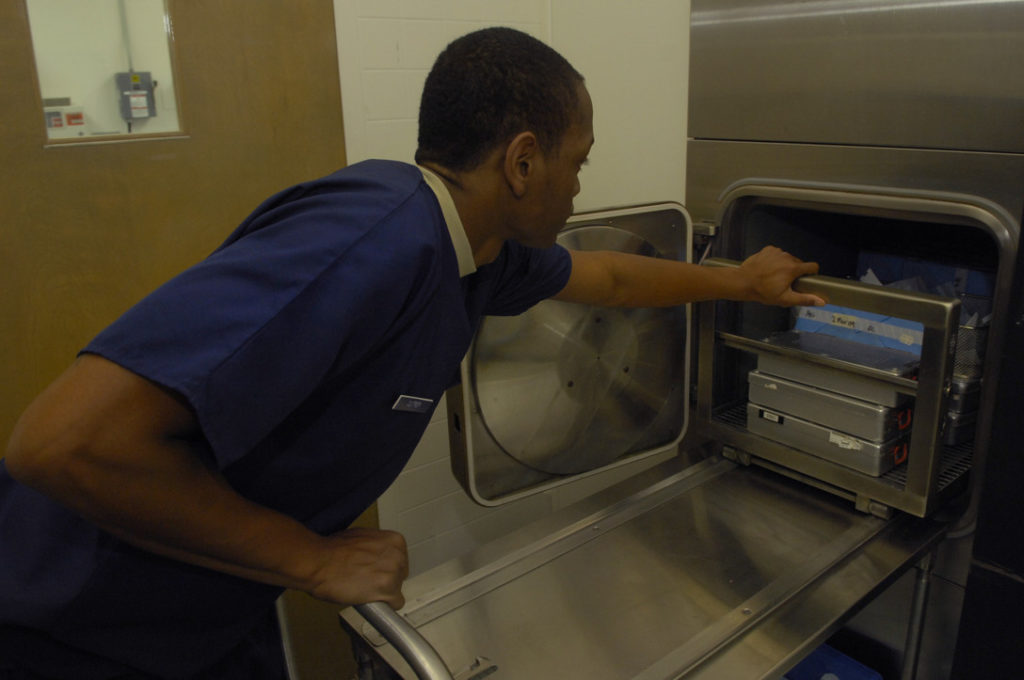
The air sterilizer processes instruments at a higher temperature than steam models. Usually it is about 180 degrees, otherwise the destruction of harmful organisms will not occur. This principle of operation will not harm glass products, and will not contribute to metal corrosion. The cost of such equipment is lower than that of autoclaves. However, air sterilizers cannot handle products that cannot withstand high temperatures, such as textiles or rubber products.
How air sterilizers work
Before talking about the principle of operation, let's figure out what an air sterilizer is. So, this unit for processing instruments has a sterilization chamber, and inside it there is a heating element. Also in the chamber there are special grids where tools are placed during processing. There are special thermometers inside to control the process temperature. The ventilation system provides fast and uniform heating of the inner chamber. Outside there is a temperature regulator, a timer showing the remaining time and signaling devices. The chamber door has a locking function against accidental opening.
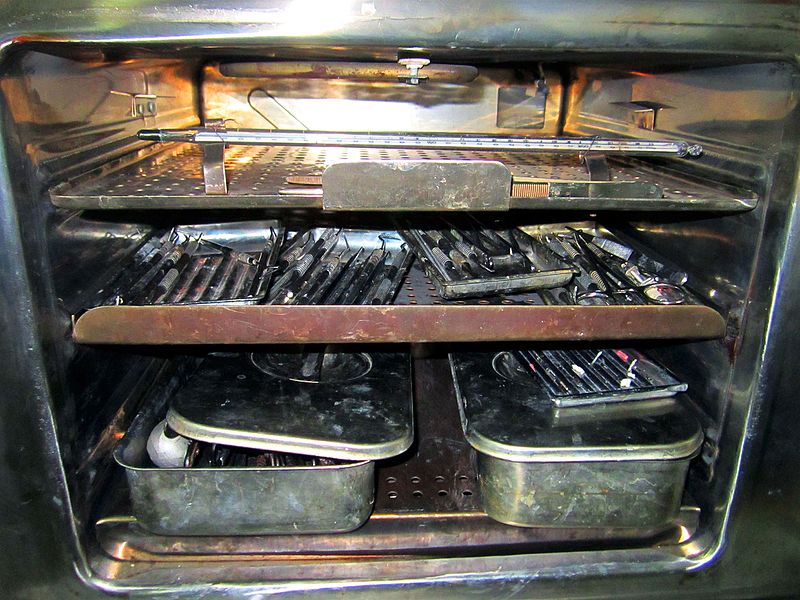
Instruments can be loaded into the air sterilizer with or without packaging. Waterproof paper can be used as packaging. If the processing was carried out using paper, after sterilization, the instruments can be stored for up to 3 days.If the processing took place without packaging, then the tools are used immediately and cannot be stored. After loading, set the temperature and set the time. Usually, two temperature regimes are used for sterilization: 160 and 180 degrees. In the first case, the process lasts two hours, and in the second, an hour. The accuracy of the device is checked using thermometers and special tests. To do this, test tubes with a potato stick are placed inside, if it dies after 1.5 hours at a temperature of 160 degrees, then the device works without errors.
Benefits of Air Sterilizers
This type of instrument processing equipment is widely used in dentistry, medicine and beauty salons. Therefore, it should be noted a number of advantages that an air sterilizer has.
First of all, it should be noted that the cost of this type of equipment is much lower than that of steam models. And, consequently, the cost of maintenance and operation is lower.
As mentioned above, the treatment with dry hot air does not harm both metal and glass products. This means that this method of sterilization extends the service life of the instruments and has no restrictions on the number of treatments.
Correct loading of instruments into the sterilization chamber will create the necessary air circulation inside. With the help of a moving air stream, the products will be processed correctly, which will completely eliminate bacteria and germs.
Also, do not forget about the fairly simple operation of this equipment. Some models may memorize the set parameters, and the next time they are turned on, they will start working automatically.
How medical instruments are sterilized

First you need to clean the tool. For this, drug residues, protein and fatty contamination are removed from it. It is also necessary to check if there is any damage on the surface of the products. Then the tools are washed. To do this, you need to prepare a disinfectant solution and carefully process everything with brushes or gauze swabs. In this case, special attention should be paid to the places where the parts are connected. After that, it is necessary to rinse the products under running water, and then under distilled water. Now you need to let the instruments dry completely. Once the product is completely dry, you can start the sterilization process. This process can be carried out in special packaging or without it. The time of further storage of the instruments will depend on this. Each item in the sterilizer chamber must be neatly laid out; you cannot put one item on top of another. Scissors and clamps should be unfolded, this processing method is considered optimal and will destroy bacteria and viruses in hard-to-reach places. To distribute the air flow evenly, place large items on the top shelf. After that, select the temperature and set the time. The countdown will start after the chamber is fully heated. When the time has elapsed, a beep will sound. It is impossible to get the products out of the camera right away, you should wait until they cool down to about 40 degrees.
Selection Criteria for Air Sterilizers
Since this equipment is mostly used in medical institutions, first of all, one should pay attention to the volume of the chamber. For small private clinics, an option with a small chamber is suitable, where the volume is 10-20 liters.
Also pay attention to the heating time to the set temperature. The larger the chamber, the longer the warm-up time. It is also important to have a forced cooling system, such a function will significantly reduce the time of one cycle.
The temperature range of this equipment must be suitable not only for sterilizing instruments, but also for drying and disinfecting products.
Specify how many degrees there may be a deviation at a given temperature. It will also not be superfluous to have an automatic shutdown when the device overheats.This function will allow not only to keep the instruments intact, but also not to damage the device.
Also one of the important parameters is the possible continuous operation time. The higher it is, the better. This parameter is especially important for a large flow of clients, when it is necessary to process a large number of instruments.
Since such products have a rather large chamber volume, and therefore, large dimensions and considerable weight, the installation site should be prepared in advance.
Best air sterilizers
GP-10-MO
This model of equipment is designed for sterilization of surgical, glass instruments, as well as syringes that have a mark up to 200 degrees, and needles for these syringes. "GP-10-MO" operates in a temperature range from 50 to 200 degrees, which allows not only sterile processing of instruments, but also drying products. Heating up to 180 degrees is carried out within 30 minutes. The deviation from the set temperature can be 3 degrees. If the camera overheats to 205-230 degrees, an automatic shutdown is triggered.

In "GP-10-MO" you can set up to 10 automatic programs that can be changed during operation. It is also worth noting that this equipment has a modern design and a digital display where the set parameters are displayed. The chamber and shelves "GP-10-MO" are made of steel that does not corrode. This model has 2 shelves. "GP-10-MO" can operate continuously up to 16 hours a day.
The chamber volume of this model is 10 liters. The size is 44.2 * 45 * 41.5 cm. The weight of the device is 19 kg. Power - 900 W.
The average cost is 18,000 rubles.
- Uniform temperature distribution;
- Small size;
- Digital display;
- Supports up to 10 programs;
- It consumes a small amount of electricity.
- Small volume of the chamber, suitable for small clinics or for a separate office.
Vityaz GP-20-3
This model is suitable for sterilizing any medical instruments that can withstand temperatures up to 200 degrees. "Vityaz GP-20-3" can be used not only in medical institutions, but also in pharmacies, laboratories and research centers. "Vityaz GP-20-3" is used for sterilization at 180 and 160 degrees, for disinfection at 120 degrees, as well as for drying at 85 degrees.

The body of this model is made of sheet steel, while the chamber and shelves are made of non-corrosive steel. The body is also equipped with a display that shows the temperature, time and operating mode. Heating an empty chamber to 180 degrees takes about 25 minutes, and a loaded one - no more than 55 minutes. When the device is switched on to the sterilization or disinfection mode, the door lock is activated, and when the device overheats, an alarm is triggered.
The volume of the Vityaz GP-20-3 chamber is 20 liters. The weight of the device without packaging is 35 kg. The dimensions of the device are 63 * 41.5 * 44 cm. Power consumption is 1.5 kW.
The average cost is 22,000 rubles.
- Fast heating of the chamber;
- Deviation from the temperature regime is not more than 3 degrees;
- Has 3 shelves;
- Door lock.
- Not.
GP-20-Oh-PZ
This equipment is designed for hot air treatment of medical devices. "GP-20-Ox-PZ" can be used both for sterilization and for drying or disinfection of instruments that can withstand heat treatment up to 200 degrees.
This model operates in a temperature range from 50 to 200 degrees. If overheating is present, an automatic shutdown is activated. The loaded sterilizer is heated up to 180 degrees within 35-38 minutes. There is a cooling system, which in 35 minutes can lower the temperature of products to 75 degrees, which significantly reduces the time of one cycle. With this cooling system, cold air is not supplied to the processed products inside the chamber.
"GP-20-Okh-PZ" has a volume of 20 liters, while it is possible to place only one shelf for processing products. Chamber and shelves are made of stainless steel.The body of the product has a light indication, as well as a display where you can observe the change in temperature and processing time. There are also sound indicators that will inform you of the completion of the process.
The size of the "GP-20-Ox-PZ" is 54.4 * 55.5 * 58 cm, and the weight is 35 kg. Power consumption no more than 1 kV.
The average cost is 26,000 rubles.
- The ability to install 6 programs;
- Fast cooling system;
- Fast heating.
- It is completed with only one shelf, but it is possible to put another one.
SV GP-80 "Standard"
This sterilizer model is widely used in medical institutions, laboratories of various types of industry, as well as in pharmacies. "SV GP-80" has a large chamber volume and can start work at a specified time according to the work program.
The temperature range of this sterilizer is 50-200 degrees. This allows instruments to be dried, disinfected and sterilized. Heating an empty chamber takes 25-30 minutes, and a loaded one - 55 minutes. Deviation from the set temperature does not exceed 3 degrees. "SV GP-80" can operate continuously for 16 hours.
The volume of the chamber "SV GP-80" is 80 liters. The size of the sterilizer is 62 * 83 * 60 cm, and the weight is 52 kg. Power consumption 2.2 kW.
The average cost is 58,000 rubles.
- Fast heating;
- Large chamber volume;
- The ability to automatically turn on at a given time;
- Uniform temperature distribution inside the chamber;
- The ability to set the heating rate.
- Not.
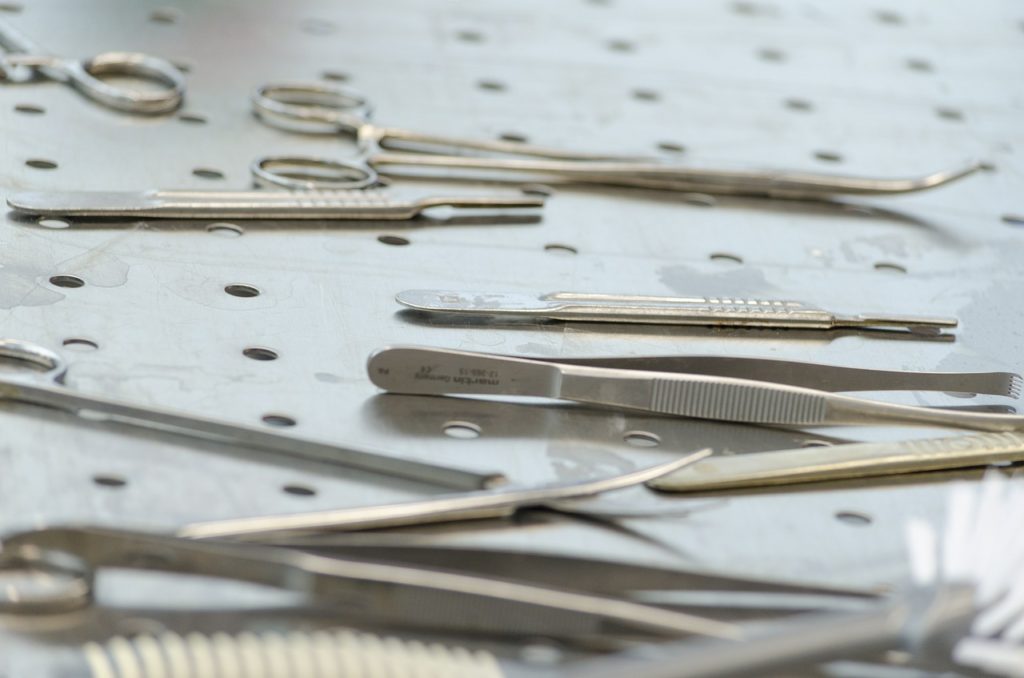
GP-160-PZ
This sterilizer is suitable for heat treatment of metal products, syringes for which there is a 200 degree mark and needles. GP-160-PZ is made of steel, and the chamber and shelves are made of stainless steel. Operates in a temperature range from 50 to 200 degrees. "GP-160-PZ" has 2 shelves and 1 stand inside the camera. Heating up to 180 degrees occurs in 55 minutes. There may also be a deviation from the set temperature of no more than 3 degrees. The sterilizer can operate continuously for up to 16 hours a day. When the equipment overheats, an automatic shutdown occurs. For the convenience of work, you can set up to 10 programs, as well as a digital display to control the operation of the equipment.
The chamber volume is 160 liters. The dimensions of the sterilizer are 82 * 88 * 88 cm, while the dimensions of the inner chamber are 61.5 * 50 * 59 cm. The weight of the product is 85 kg. Power consumption - 2.7 kW.
The average cost is 59,000 rubles.
- Up to 10 work programs can be set;
- Convenient operation;
- Large volume of the inner chamber;
- There are 2 shelves and one stand;
- Fast heating;
- Economical power consumption.
- Such a large volume of the chamber may not be required in small medical institutions.
Conclusion
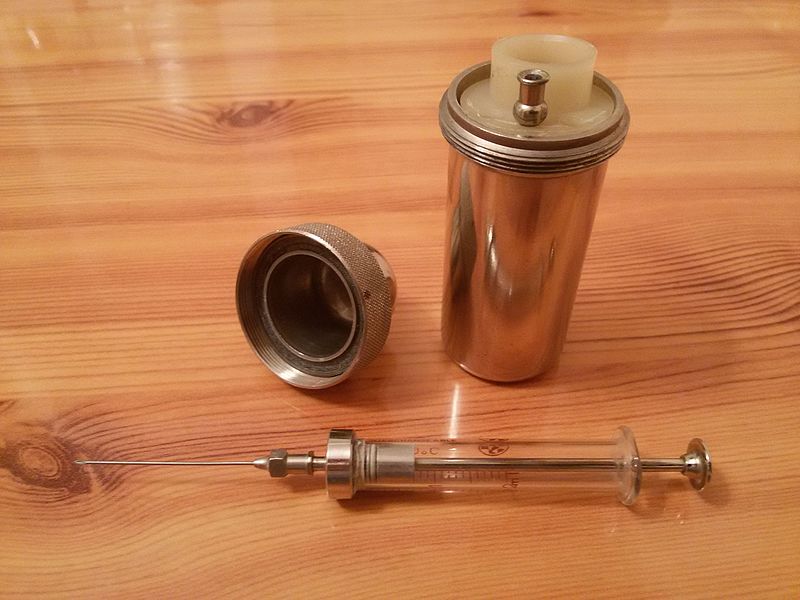
More than one medical institution or laboratory can not do without a sterilizer. Before purchasing, more attention should be paid to the volume of products that will need processing. Because sterilization with hot air takes longer than processing with other equipment. But this way the quality of the tools will not be lost, and there is a great guarantee of getting rid of harmful organisms. Observing all the operating and safety rules, you will use the selected device for more than one year.
new entries
Categories
Useful
Popular articles
-

Top rating of the best and inexpensive scooters up to 50 cubic meters in 2024
Views: 97661 -

Rating of the best materials for noise insulation for an apartment in 2024
Views: 95022 -

Rating of cheap analogues of expensive medicines for flu and colds for 2024
Views: 91751 -

The best men's running shoes in 2024
Views: 87681 -

Top ranking of the best smartwatches 2024 - price-quality
Views: 85091 -

Best Complex Vitamins in 2024
Views: 84801 -

The best dye for gray hair - 2024 top ranking
Views: 82406 -

Rating of the best wood paints for interior use in 2024
Views: 77202 -

Ranking of the best action cameras from China in 2024
Views: 75269 -

Rating of the best spinning reels in 2024
Views: 74827 -

The most effective calcium supplements for adults and children in 2024
Views: 72463 -

Top rating of the best means for male potency in 2024 with a description
Views: 68296









